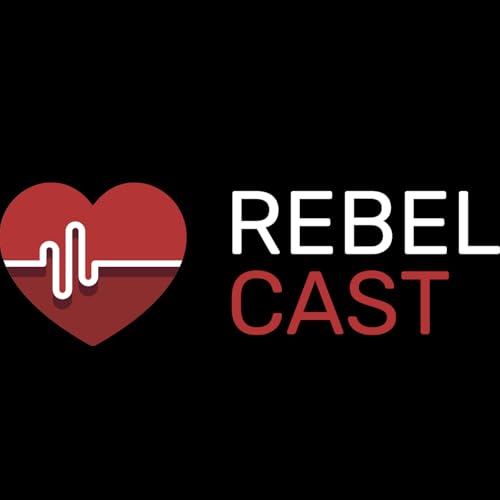
REBEL Core Cast 140: The Power and Limitations of Intraosseous Lines in Emergency Medicine
No se pudo agregar al carrito
Solo puedes tener X títulos en el carrito para realizar el pago.
Add to Cart failed.
Por favor prueba de nuevo más tarde
Error al Agregar a Lista de Deseos.
Por favor prueba de nuevo más tarde
Error al eliminar de la lista de deseos.
Por favor prueba de nuevo más tarde
Error al añadir a tu biblioteca
Por favor intenta de nuevo
Error al seguir el podcast
Intenta nuevamente
Error al dejar de seguir el podcast
Intenta nuevamente
-
Narrado por:
-
De:
- Placing an IO in a bone with a proximal fracture, a previous IO placement attempt or any circulatory compromise proximal to the site is contraindicated
- Blood work drawn from an IO are generally not accurate, so once the patient has been resuscitated with the IO, intravenous blood draws are recommended
- Dislodgement is common; it is best to use the stabilizer that comes with the IO kit; if the kit does not have a stabilizer, stack lots of gauze on both sides of the IO needle and tape it down
- While proximal humerus site portents faster infusion rates than proximal tibia site, the main limitation of the proximal humerus site is that the arm must be held in internal rotation to avoid dislodgement of the IO
- Proximal tibia may be easier to landmark than proximal humerus
- Other sites include distal tibia, distal femur and sternum but are uncommonly employed in EDs
Todavía no hay opiniones



